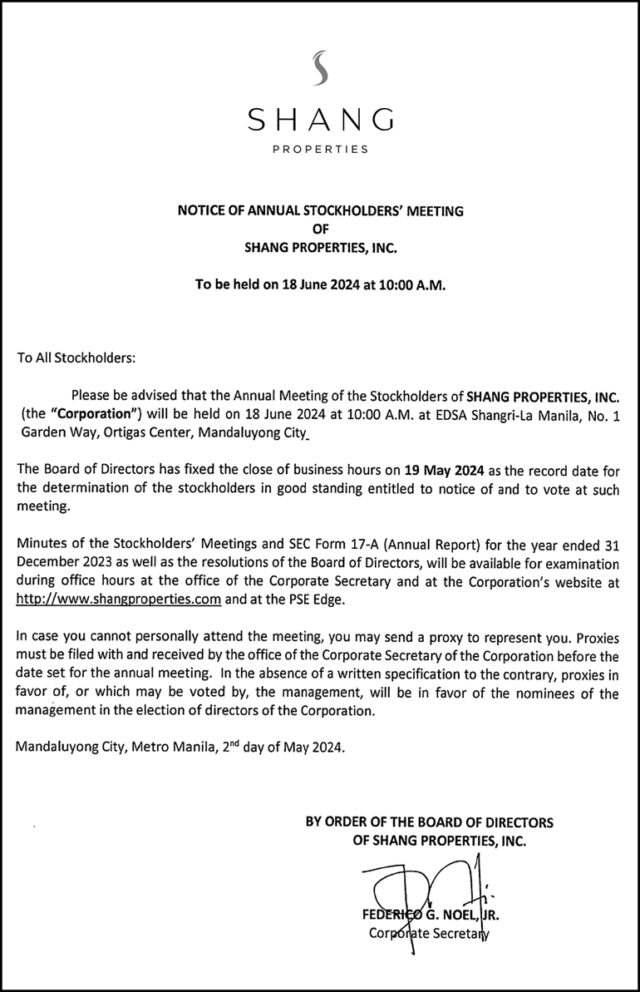Graffiti in the white cube: Banksy’s works in BGC

THE CHALLENGING relationship between Banksy and museums has persisted over decades — echoing that of graffiti artists and elite art institutions in general — most recently finding its way to the Philippines.
On May 14, the Metropolitan Museum of Manila (The M) in Bonifacio Global City (BGC) opened an exhibit titled “Banksy Universe.”
Following online backlash from Filipinos who quickly pointed out that the show is unauthorized, The M released a statement that, like many such exhibitions in museums around the world, “Banksy Universe” is not authorized or endorsed by Banksy.
However, it features “a significant number of works that trace the trajectory of Banksy’s career, affording a closer look into the themes that preoccupy him, as well as the transformative power of art,” the museum said.
Now open to the public, the exhibit at The M joins the list of possibly hundreds of other exhibits held in the graffiti writer’s name over the years that Pest Control, the organization that handles Banksy’s affairs, has declared unauthorized.
Galleries and museums are “trophy cabinets of a few millionaires,” the elusive artist once said. But because Banksy remains anonymous, the ongoing struggle to enforce copyright and trademark laws over his art continues.
“The irony of Banksy’s work being gathered and shown in a museum is not completely lost on us. We do understand that, as an institution, we also represent the ‘beholden-ness’ to the status quo that Banksy rails against in his art,” said Bambina Olivares, The M’s head of special projects, at a May 10 preview for the media.
“We also have to deal with the practicalities of where else we can show something like this,” she added. The screen prints and graffiti reproductions are arranged in a way that educates the unaware about Banksy’s career.
In an interview with BusinessWorld, Ms. Olivares explained that the intention is to be respectful of Banksy’s legacy and to start conversations about how graffiti and vandalism can be seen as legitimate art forms.
“Not everyone has the chance to travel to see the original works, so this allows people to discover it right here,” she said.
THE EXHIBIT
The M is a sleek, swanky art museum a few steps away from Bonifacio High Street, attracting an affluent crowd of curious passersby and art patrons alike.
Within its white walls, on the building’s second level, “Banksy Universe” is a strange, other world. Displayed are recreations and prints of Banksy’s signature stencil murals, some cheeky and some more serious, from various times and places — London, Los Angeles, New York City, Palestine, and even Ukraine, from the early 2000s up to the 2020s.
The exhibit can be credited for covering as much ground as possible, from the reproduced mural of a London cop urinating on a wall, to a print of a protester throwing a bouquet of flowers, each piece contextualized by short descriptions. There is the table of the Central Park street vendor that Banksy once supplied with his original stencils to sell to unknowing passersby.
There is a corner dedicated to posters about “Dismaland,” a subversion of the Disney theme park that Banksy put up in Somerset, UK, with a projection of a looped video showing the original place. There is the merchandise from the grimy luxury of “Walled-Off Hotel,” a play on the high-end Waldorf Hotel, that was installed amid the wartime rubble in Bethlehem in 2017.
Of course, there’s the recreation of Love is in the Bin, a print which was auctioned for over £1 million at Sotheby’s in London and shredded on the spot.
WHAT IS GAINED, WHAT IS LOST
While “Banksy Universe” is educational for those who don’t know much about, or don’t “get,” Banksy at all, the place clearly lacks the grit that characterizes the seedy urban environment where the works emerged.
The M instead replicates it with orange traffic cones lined up here and there on the floor, and the sounds of the shaking and hissing of a paint spray can being played as you wander through the space.
Adrienne Cacatian, a sociology instructor from the University of the Philippines Diliman, told BusinessWorld in an interview that Banksy’s works, once regarded as vandalism, now have a different value after being coopted into the mainstream art circuit.
“The whole thing with vandals’ subculture is that their works’ value is hinged on how organic the duration and life is. The longer it’s up without getting buffed, the more highly regarded it is,” she said via private message, based on personal observations while studying the culture of graffiti.
“Why would you take a work that is so clearly meant to be on a wall outside in a particular context and put it inside the sterile, white cube?” she added.
Banksy Universe, the collective of art enthusiasts that donated over 100 of these items and prints to the exhibit, has been operating for over 20 years — even before Banksy was discovered by museums and galleries. Their spokesperson is Chris Johnson, the only collector and member of the group who isn’t anonymous like their idol.
“In the early 2000s in Paris, we used to put up plexiglass or other protective coverings onto the Banksy works to stop building owners or local police from removing them,” he said in an interview with BusinessWorld.
He explained that, while the pieces in the “Banksy Universe” exhibit in Manila are from personal collections of authenticated prints, the goal is to share as much about the graffiti writer’s work with the world as possible.
VANDALISM IN THE PHILIPPINES
One of Ms. Cacatian’s personal projects is @mgasulatsadingding, an Instagram account that documents graffiti, so that works of vandalism can be recorded before being erased forever by authorities.
In her encounters and conversations with vandals, she found that graffiti is often seen as closer to crime than art, she told BusinessWorld, precisely because its existence will always be contentious and debated.
That “Banksy Universe” in particular is being shown at The M, located in BGC which is known for its strict restrictions on vandals, demonstrates “the gentrification of vandalism when so many others get jailed or fined for it.”
Meanwhile, The M and the Banksy Universe collective have chosen the non-government organization Childhope Philippines as their charity partner for the six month-long exhibit. Early in May, they held a spray paint session that aimed to encourage street children to express themselves through art. “We would never do this project without having Childhope as our charity partner. All proceeds from the “Banksy Universe” gift shop go to those street children,” Mr. Johnson said.
While it remains to be seen if these children will grow up to have their works celebrated or vilified in the very city Banksy’s works are now being shown, everyone else can come see what all the fuss is about at The M, located on Mariano K. Tan Center, 30th St., BGC, Taguig City. The entrance fee is P550. — Brontë H. Lacsamana














